(CLO) Like T. rex and some modern sloths, this 90-million-year-old dinosaur had only two fingers on each hand.
Therizinosaurs are among the strangest dinosaurs ever known. Although they originated as carnivores, these prehistoric reptiles were herbivorous, with feathered bodies, small heads with latch-like teeth, large stomachs for digesting plants, and sharp claws on each hand. Their appearance reminds scientists of sloths, but some individuals could grow to over 4 meters tall and weigh more than 5 tons.
Paleontologists recently discovered a unique species of therizinosaur—it had only two fingers instead of three.
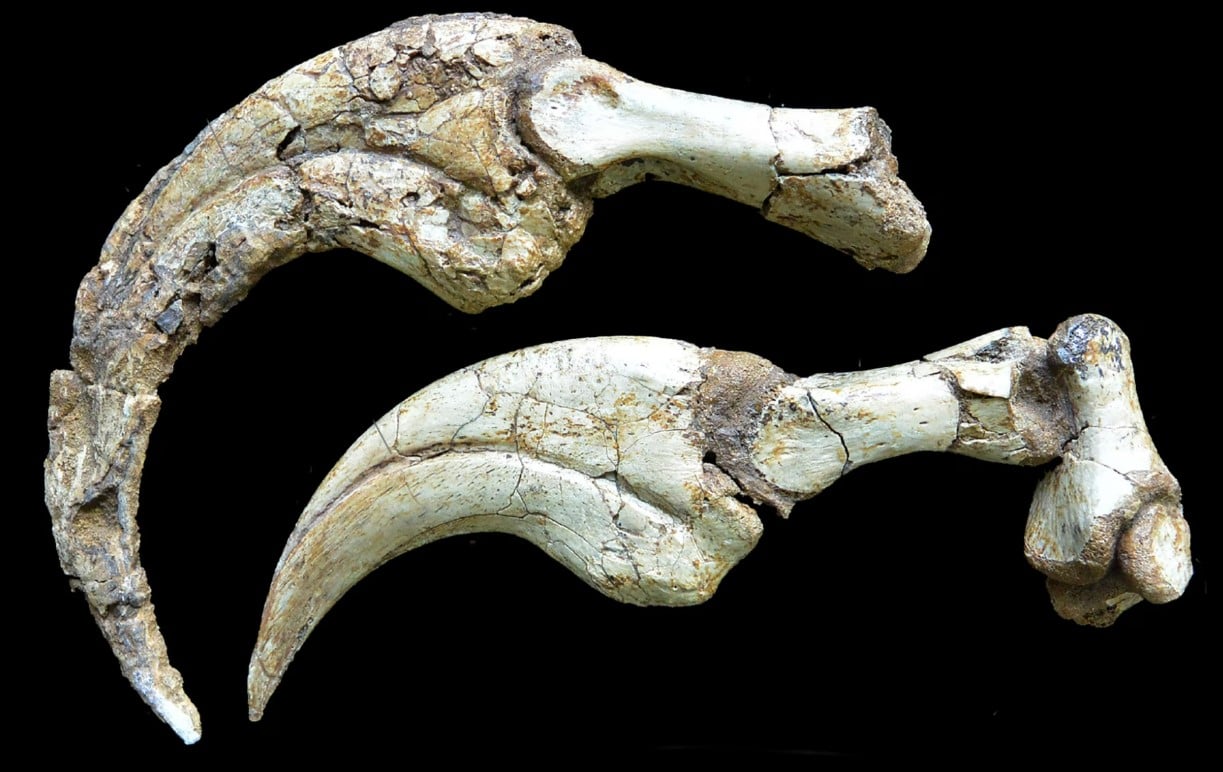
The Deinonychus tsogtbaatari fossil still has the keratin shell surrounding its claws. (Photo: Kobayashi)
According to research published in iScience, the fossil was found in the Gobi Desert, Mongolia. When paleontologist Yoshitsugu Kobayashi first saw the fossil, he was amazed that the horny shell of the claw was preserved intact.
Scientists have named the new dinosaur species Duonychus tsogtbaatari. “Duonychus” means “double claw,” and the species name honors Mongolian paleontologist Khishigjav Tsogtbaatar.
Duonychus' claws were made of bone surrounded by a keratin sheath, similar to human fingernails. When the dinosaur was alive, the keratin sheath would have been longer and more curved, making it easier for it to grasp branches and vegetation up to 10 centimeters in diameter—an important food source for its roughly 260 kilogram body.
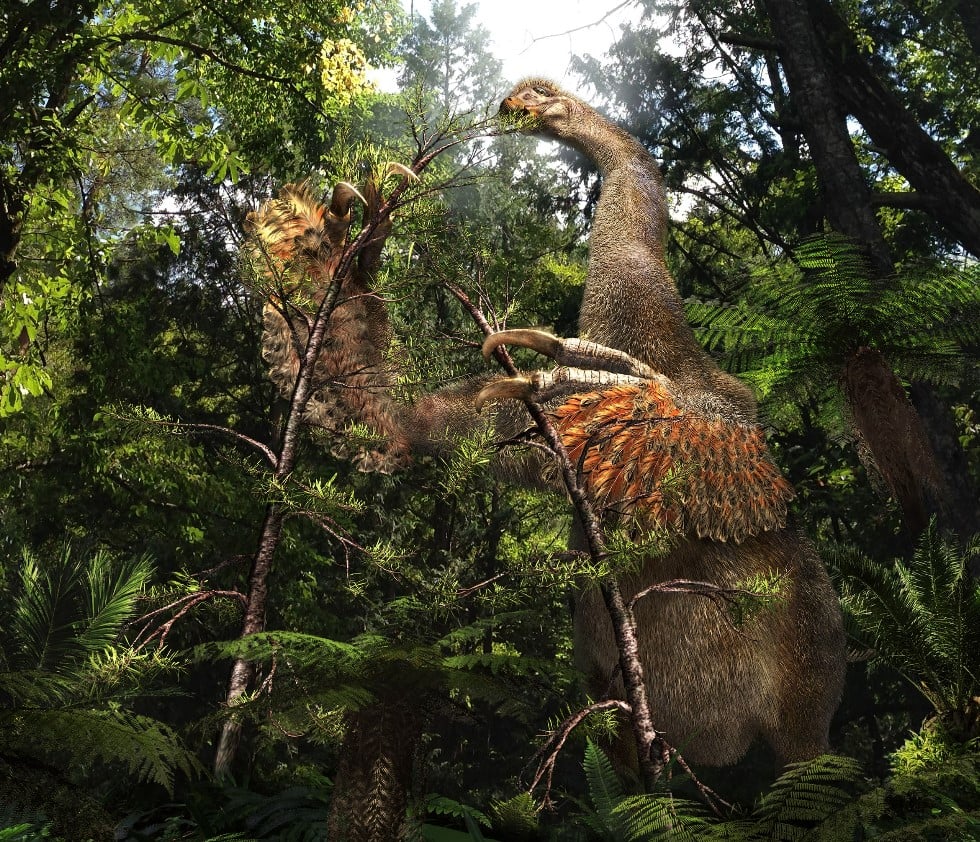
Illustration of Duonychus tsogtbaatari. (Photo: Masato Hattori)
Paleontologist Stephan Lautenschlager commented that the discovery was surprising, but reasonable given the evolution of theropod dinosaurs.
Why did some dinosaurs have fewer fingers?
Theropods included a wide variety of species, from carnivores like T. rex to herbivores and birds. They walked on two legs, but their number of fingers varied. For example, T. rex had only two fingers on its small but powerful arms.
Several other species also lost or modified their fingers. Gualicho had two digits, though it was not closely related to T. rex, while Limusaurus had four digits, but two of them were nonfunctional. Insectivores such as alvarezsaurs also had short arms with a large claw.
Fossils show that many dinosaurs and other animals, such as horses, reduced the number of digits over time. The exact reasons remain to be determined, but different evolutionary pressures led to this change.
For example, T. rex hunted with powerful jaws, so its fingers shrunk, while alvarezsaurs developed large claws for digging. These changes reflect adaptations to their habitat.
Ha Trang (according to iScience, National Geographic)
Source: https://www.congluan.vn/phat-hien-loai-khung-long-moi-tai-sa-mac-gobi-mong-co-post340194.html


![[Photo] General Secretary To Lam attends the 18th Hanoi Party Congress, term 2025-2030](https://vphoto.vietnam.vn/thumb/1200x675/vietnam/resource/IMAGE/2025/10/16/1760581023342_cover-0367-jpg.webp)


![[Photo] Conference of the Government Party Committee Standing Committee and the National Assembly Party Committee Standing Committee on the 10th Session, 15th National Assembly](https://vphoto.vietnam.vn/thumb/1200x675/vietnam/resource/IMAGE/2025/10/15/1760543205375_dsc-7128-jpg.webp)


























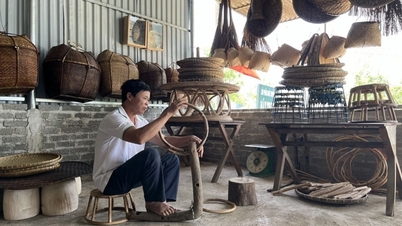




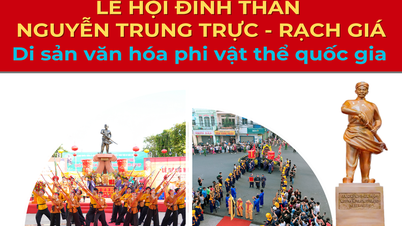

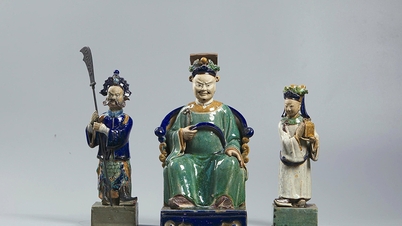

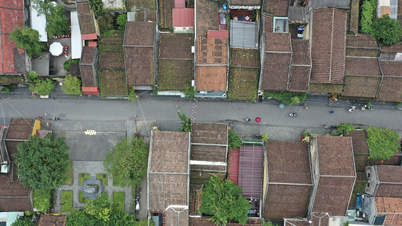
![[Video] TripAdvisor honors many famous attractions of Ninh Binh](https://vphoto.vietnam.vn/thumb/402x226/vietnam/resource/IMAGE/2025/10/16/1760574721908_vinh-danh-ninh-binh-7368-jpg.webp)





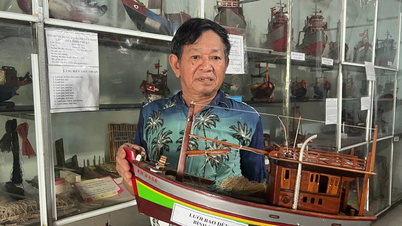




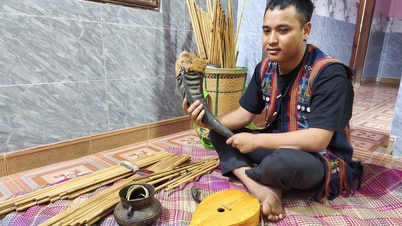




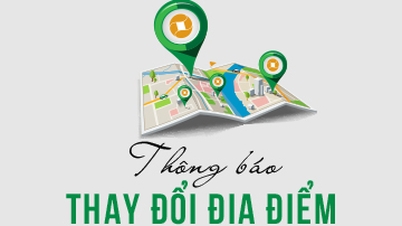









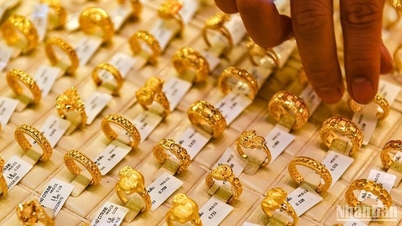










































Comment (0)